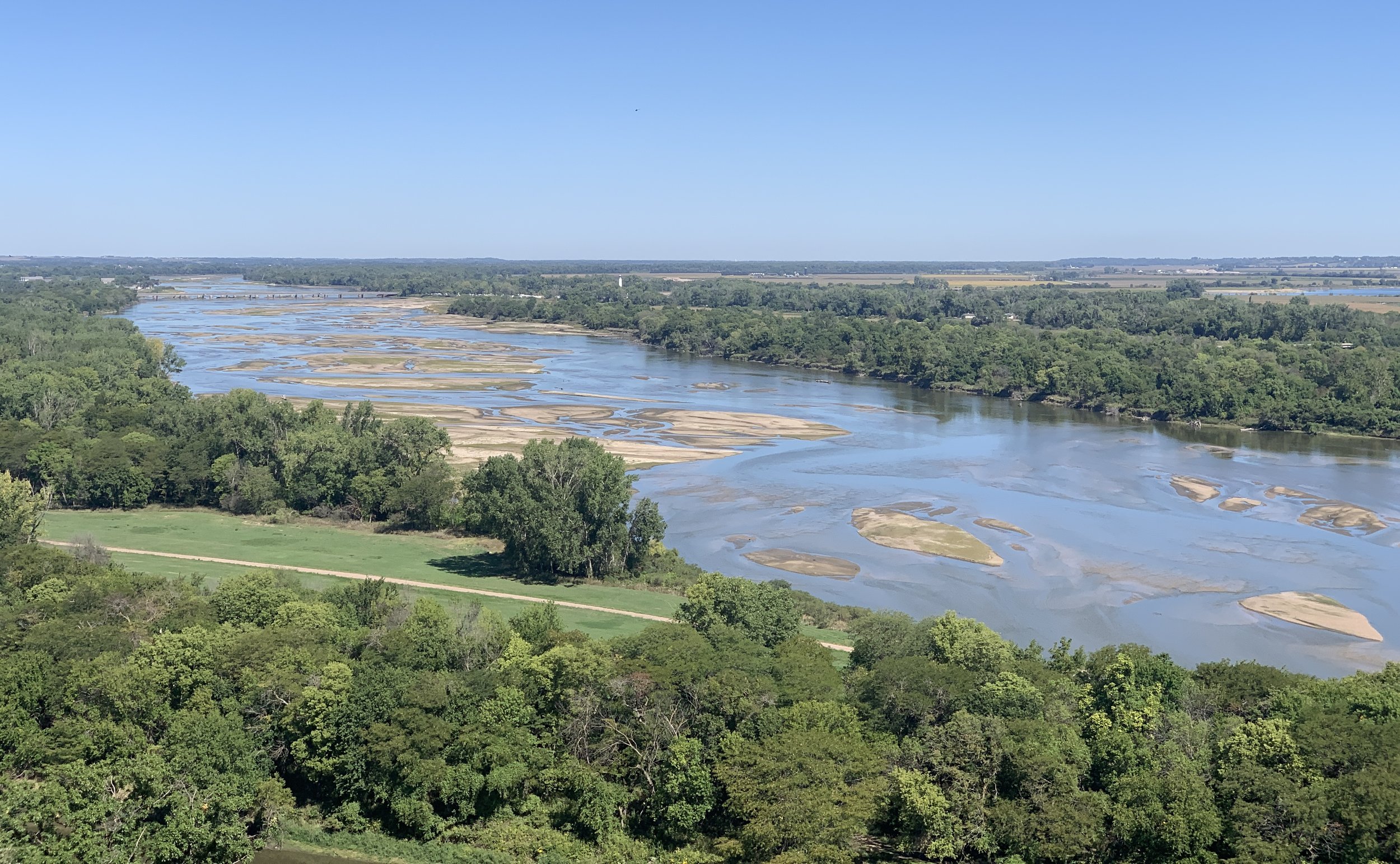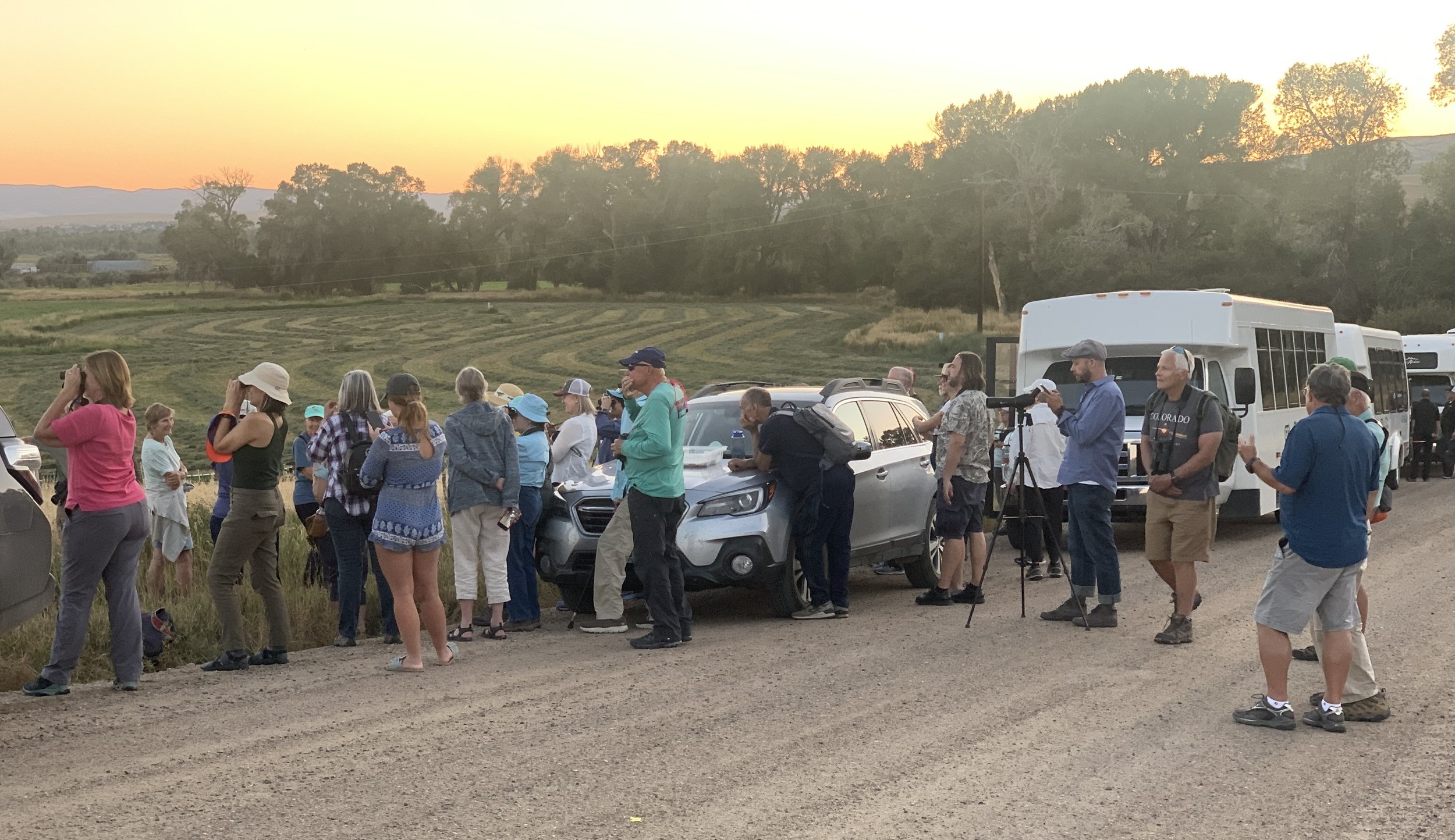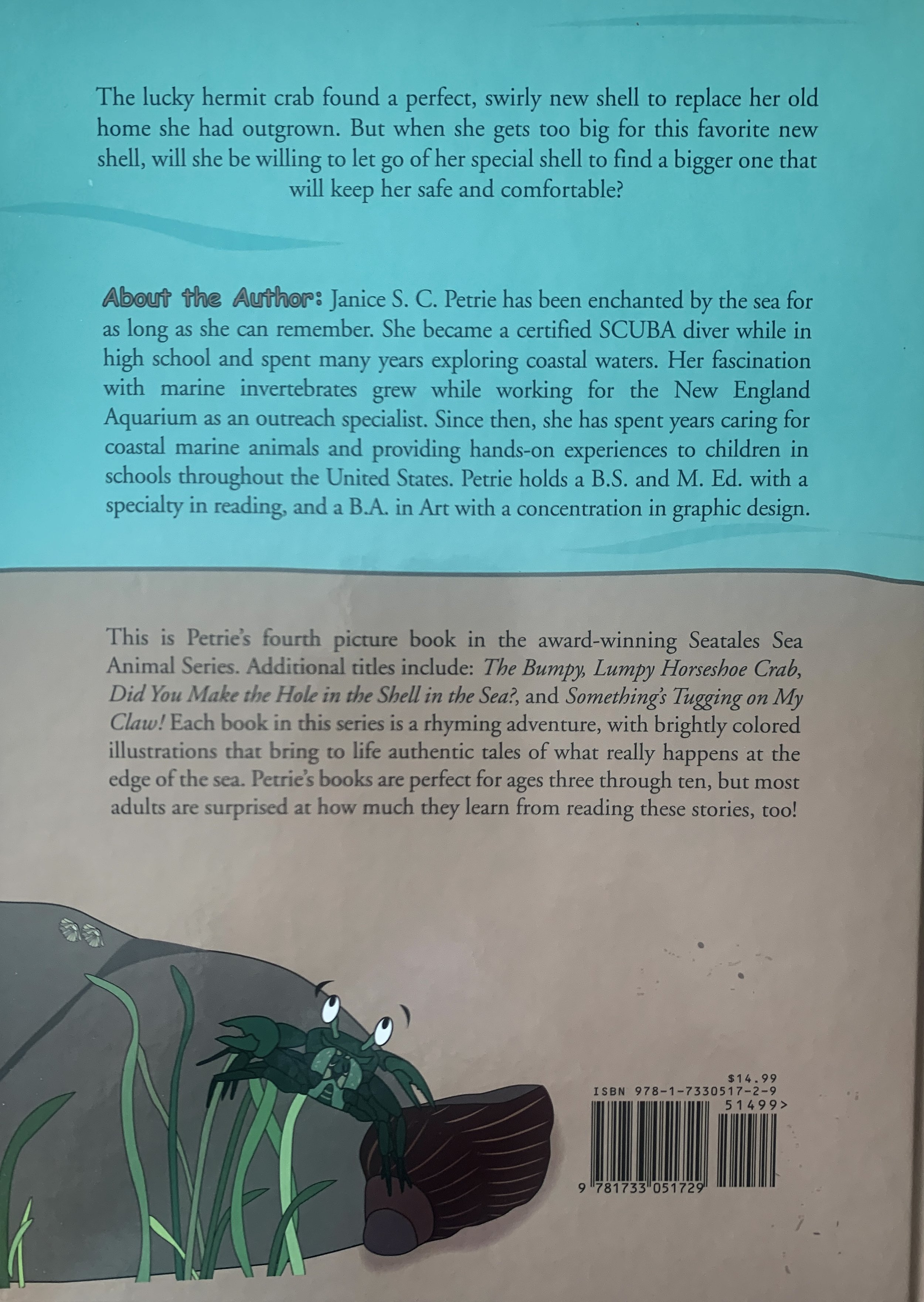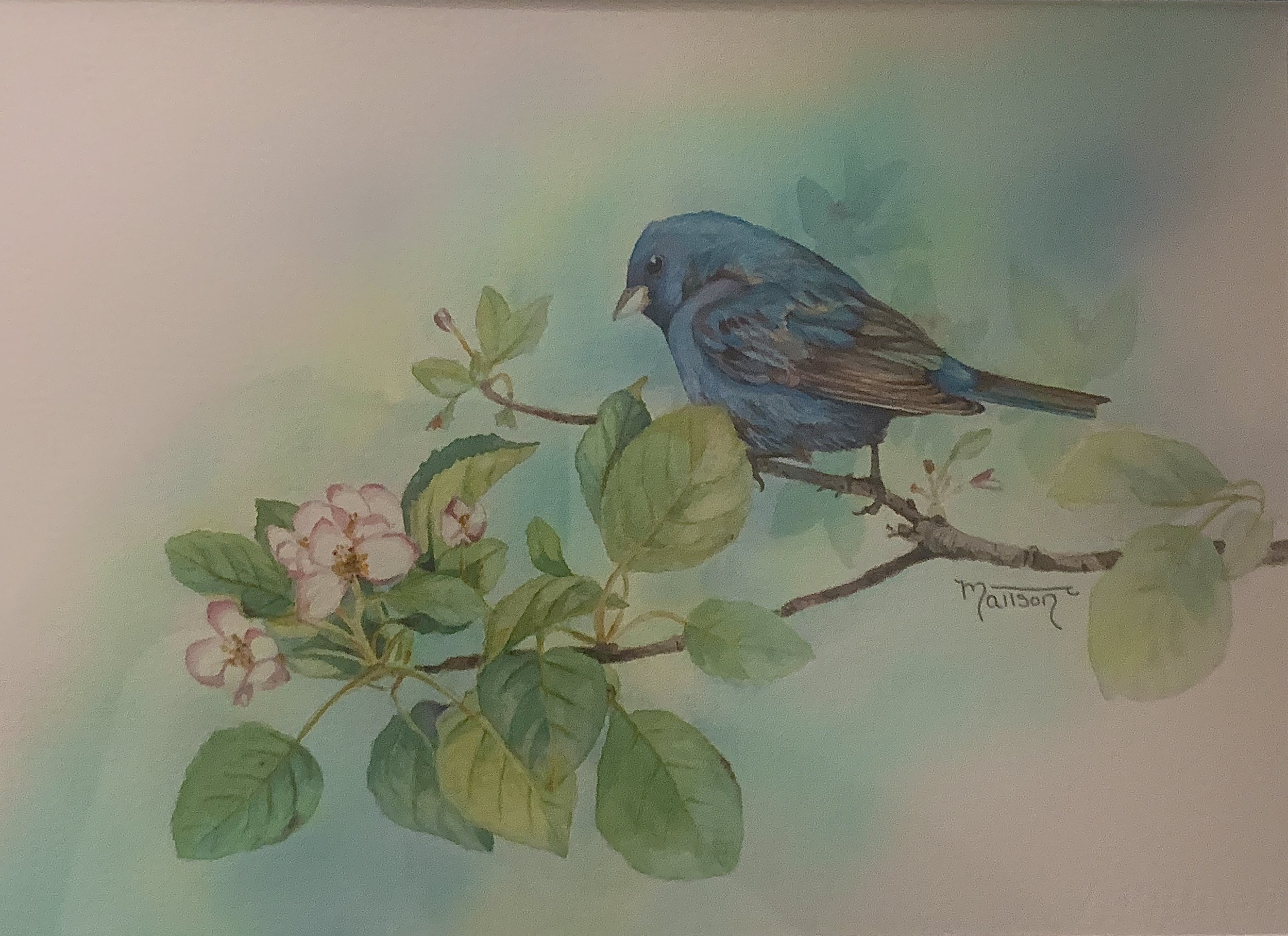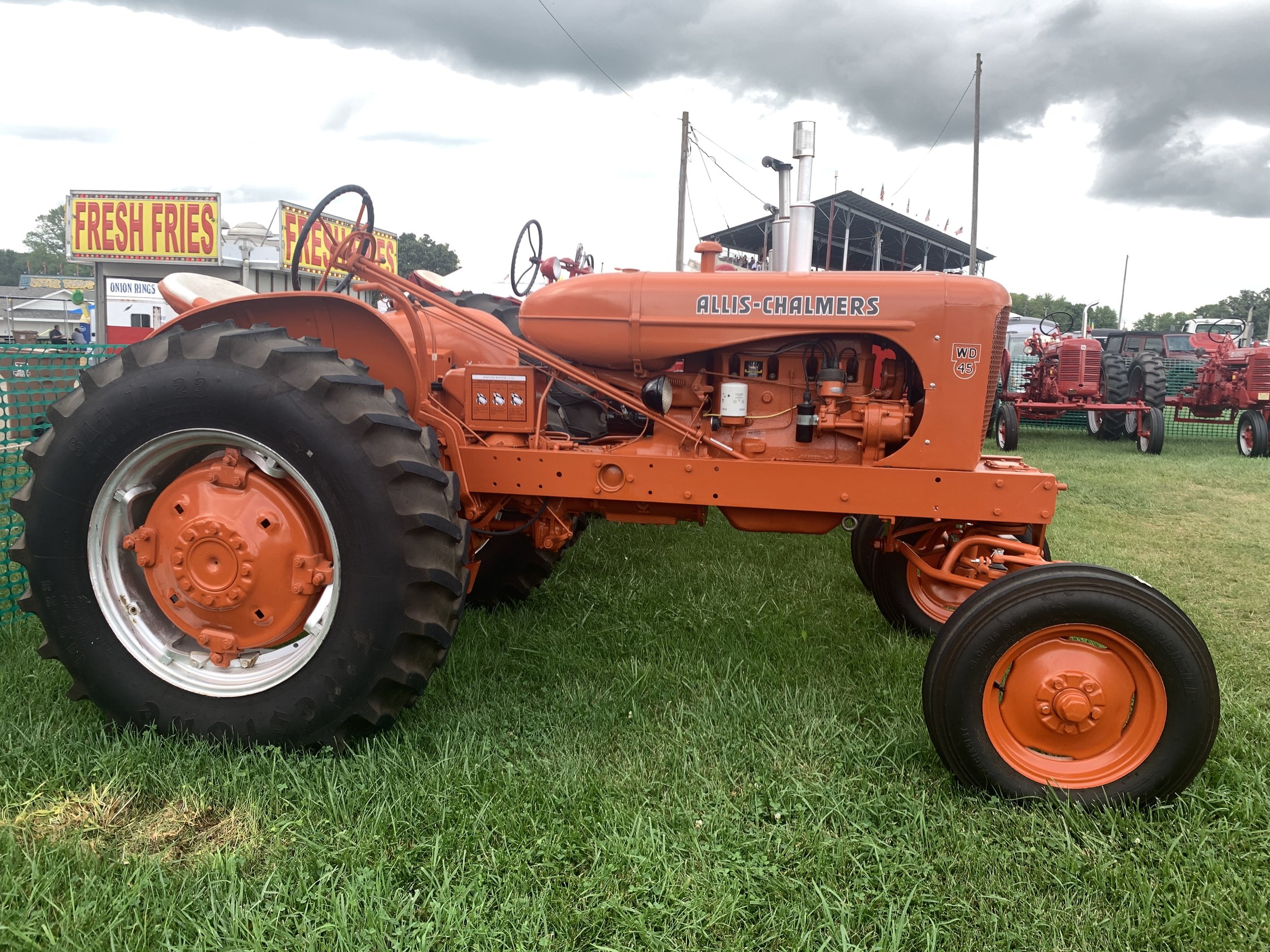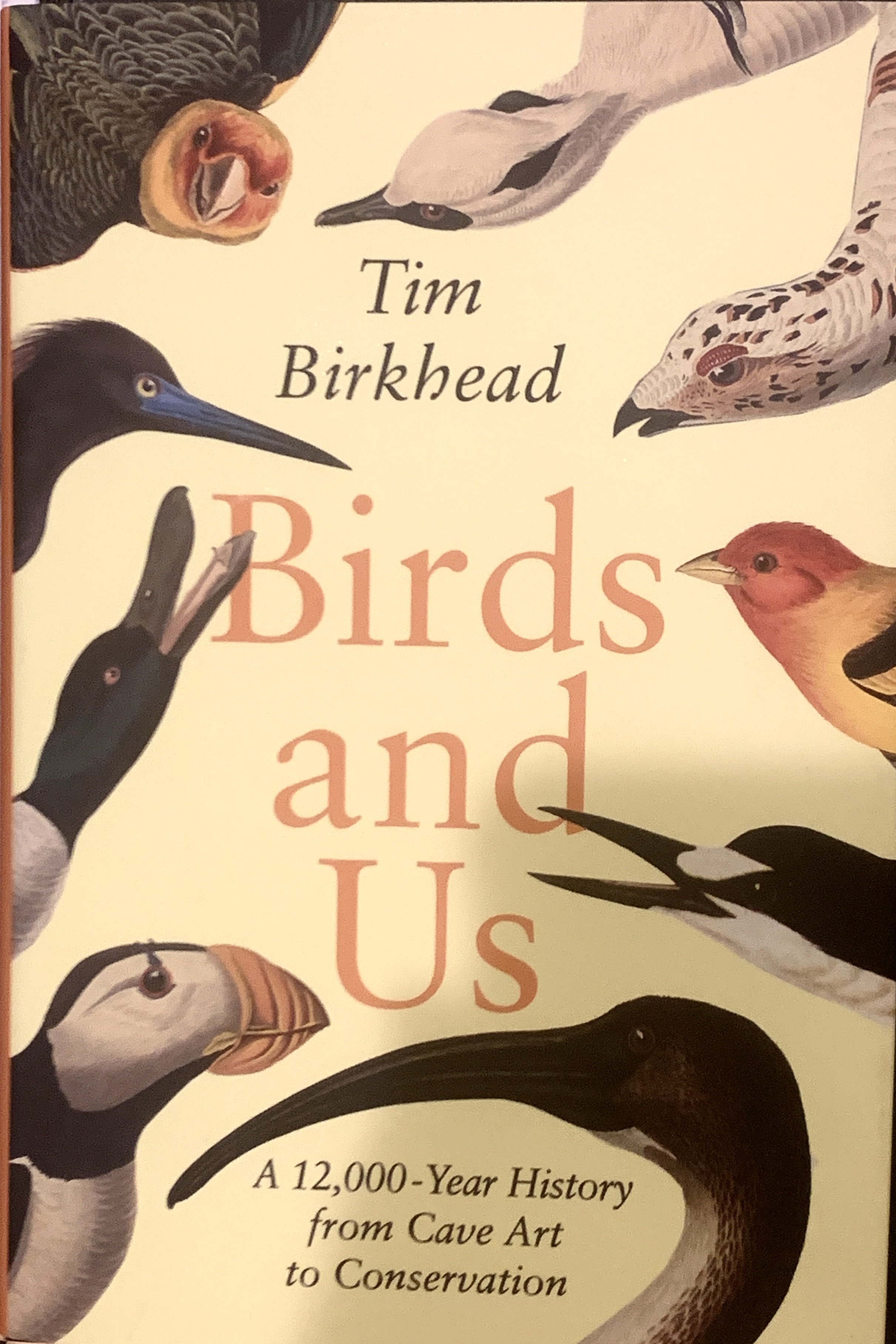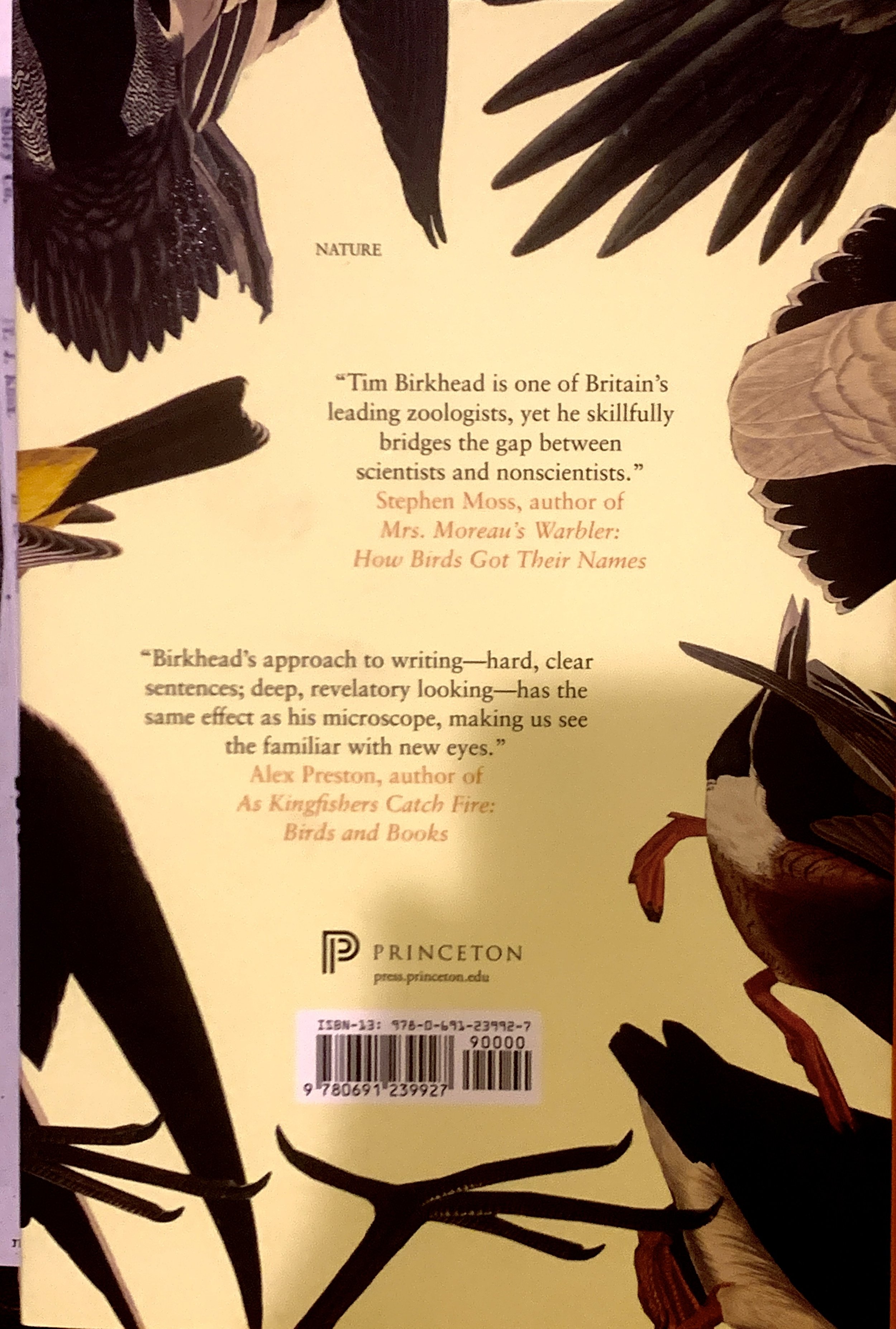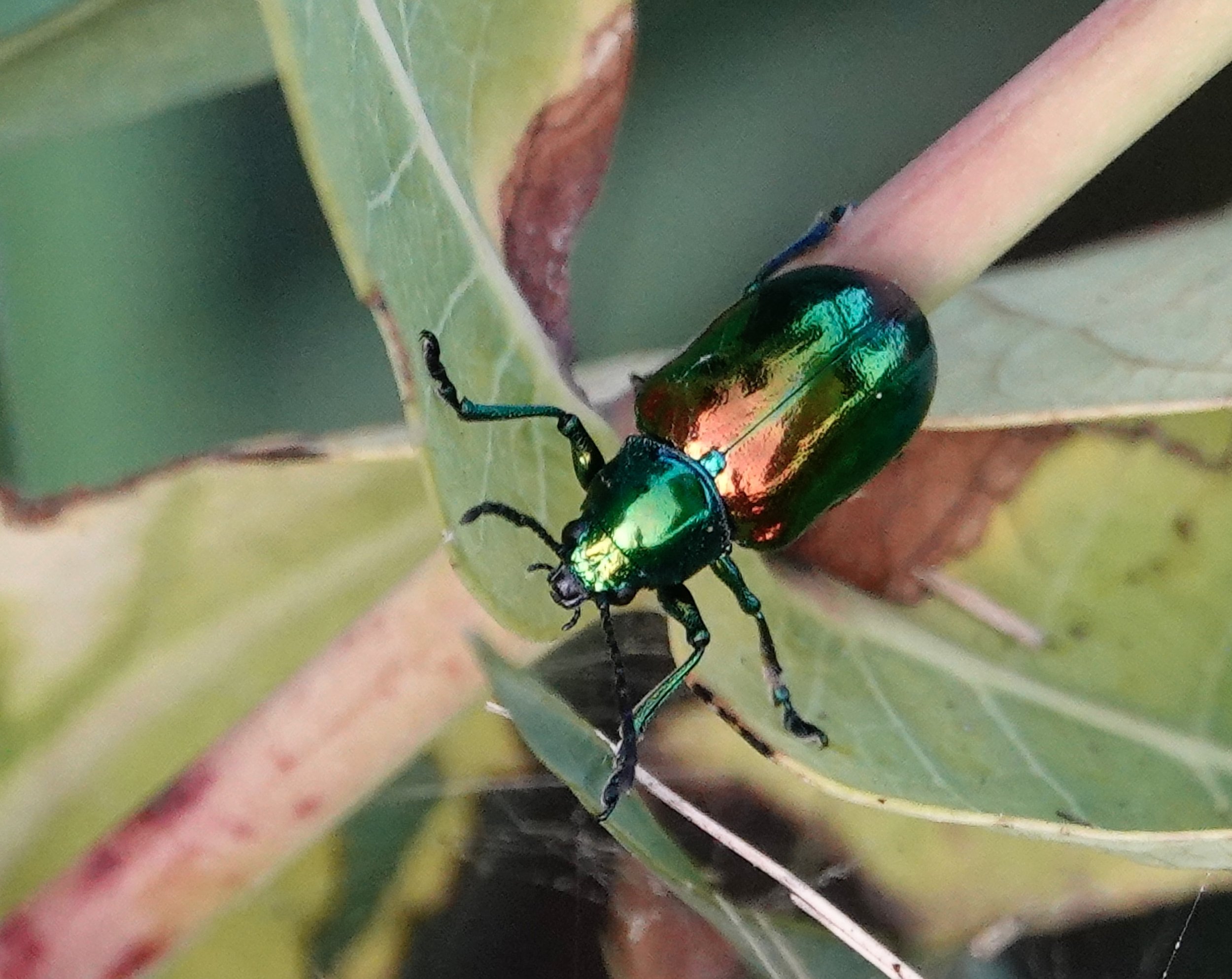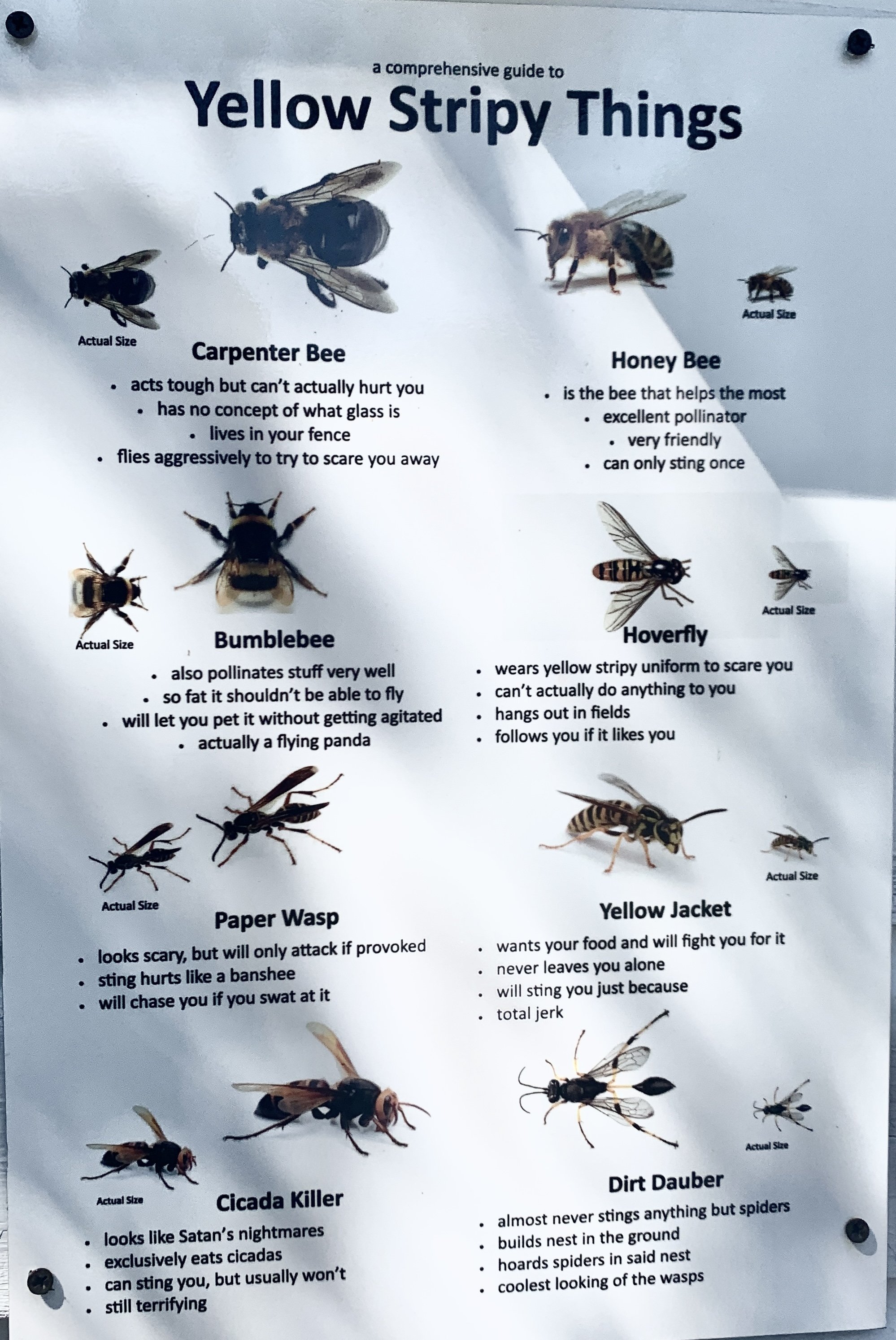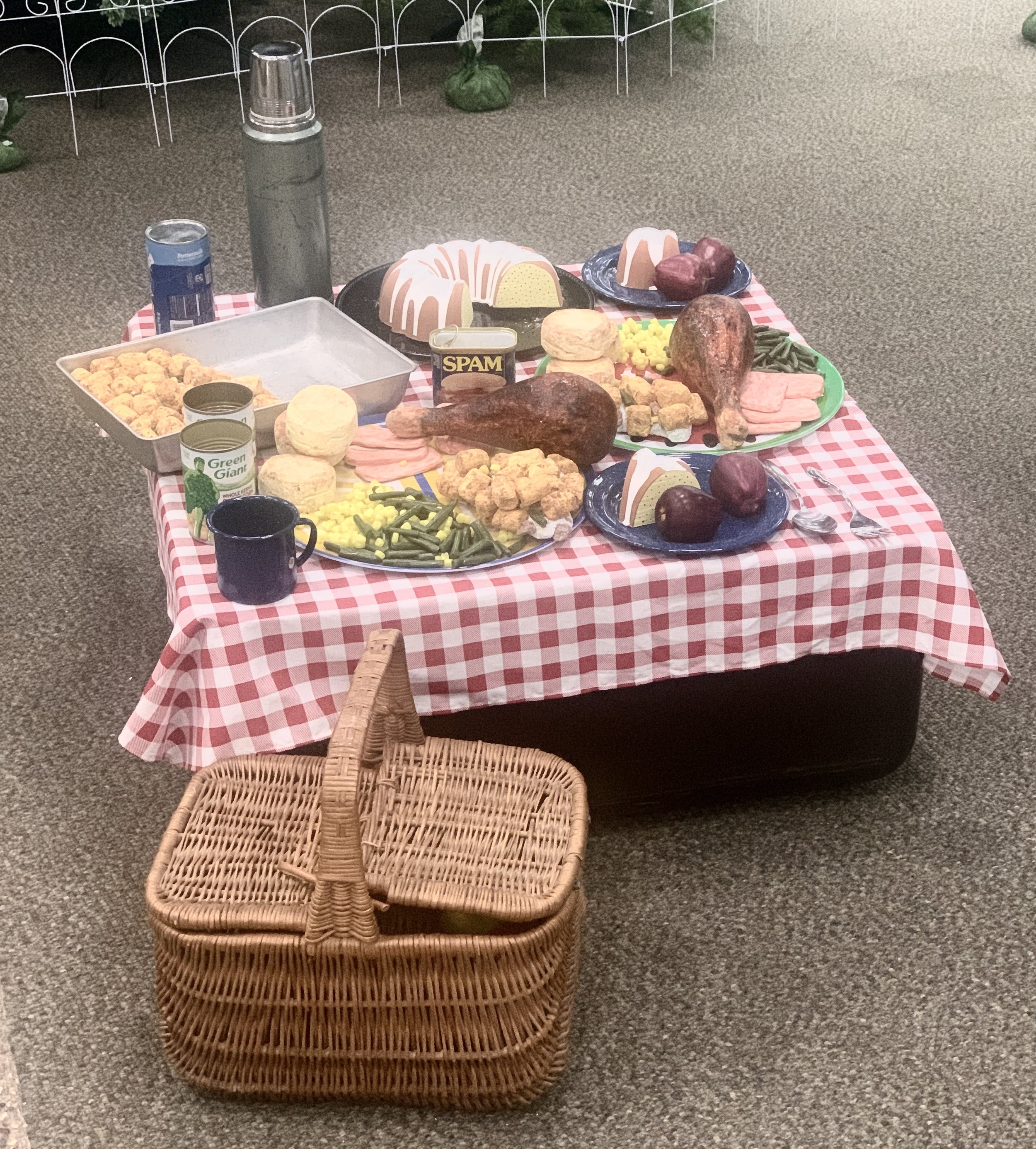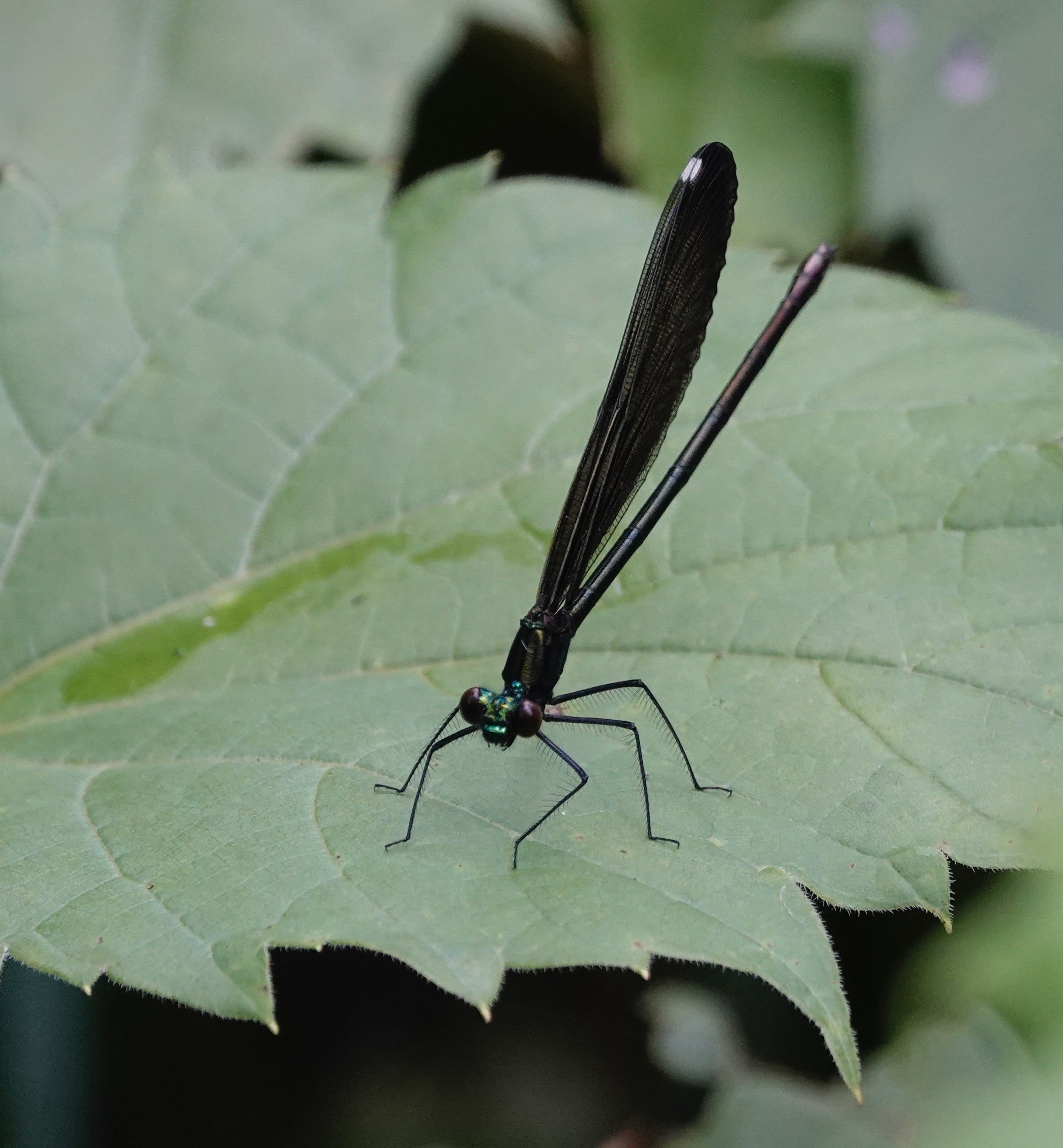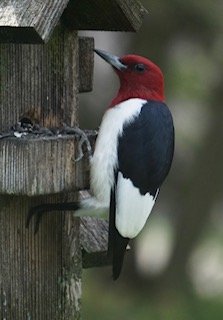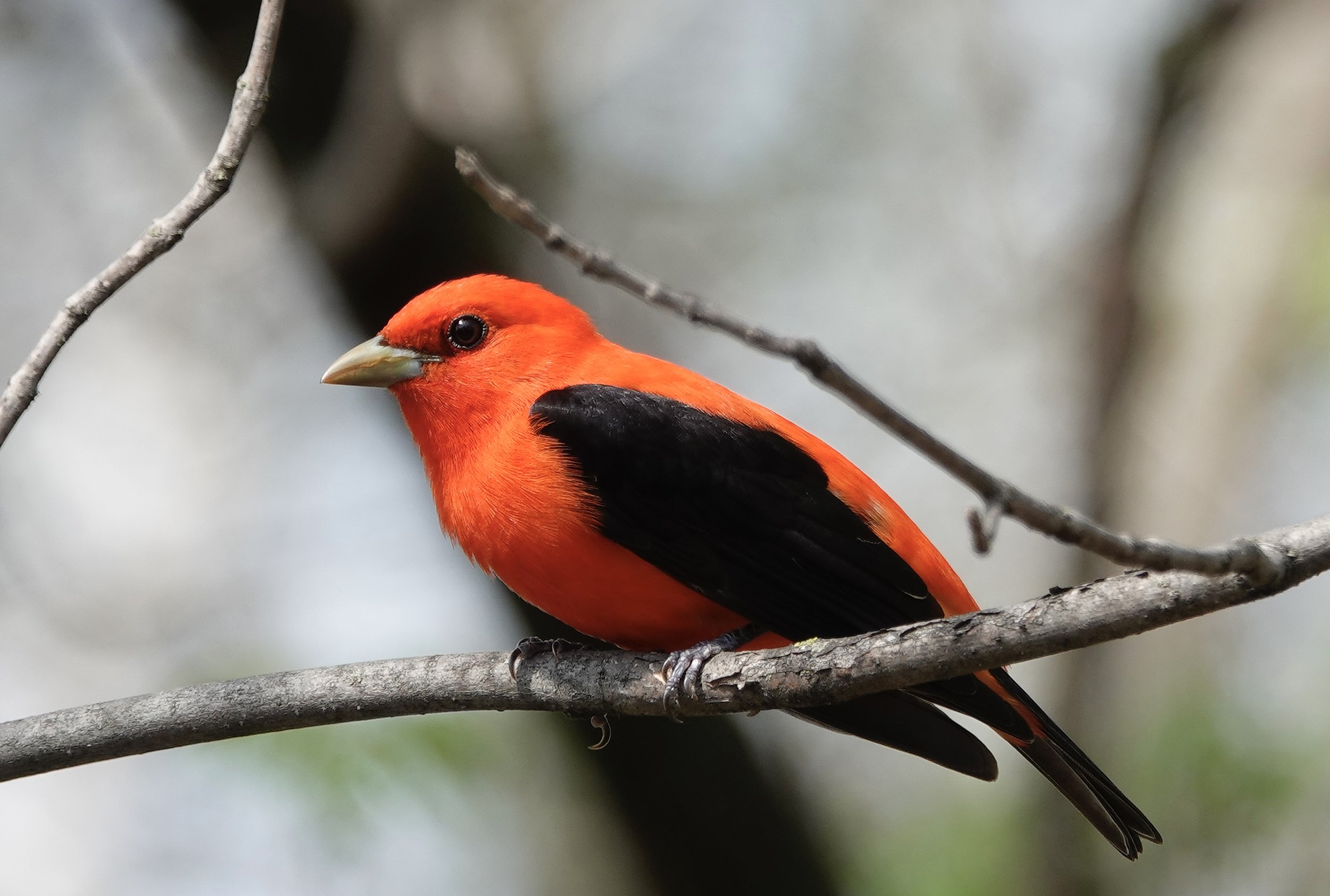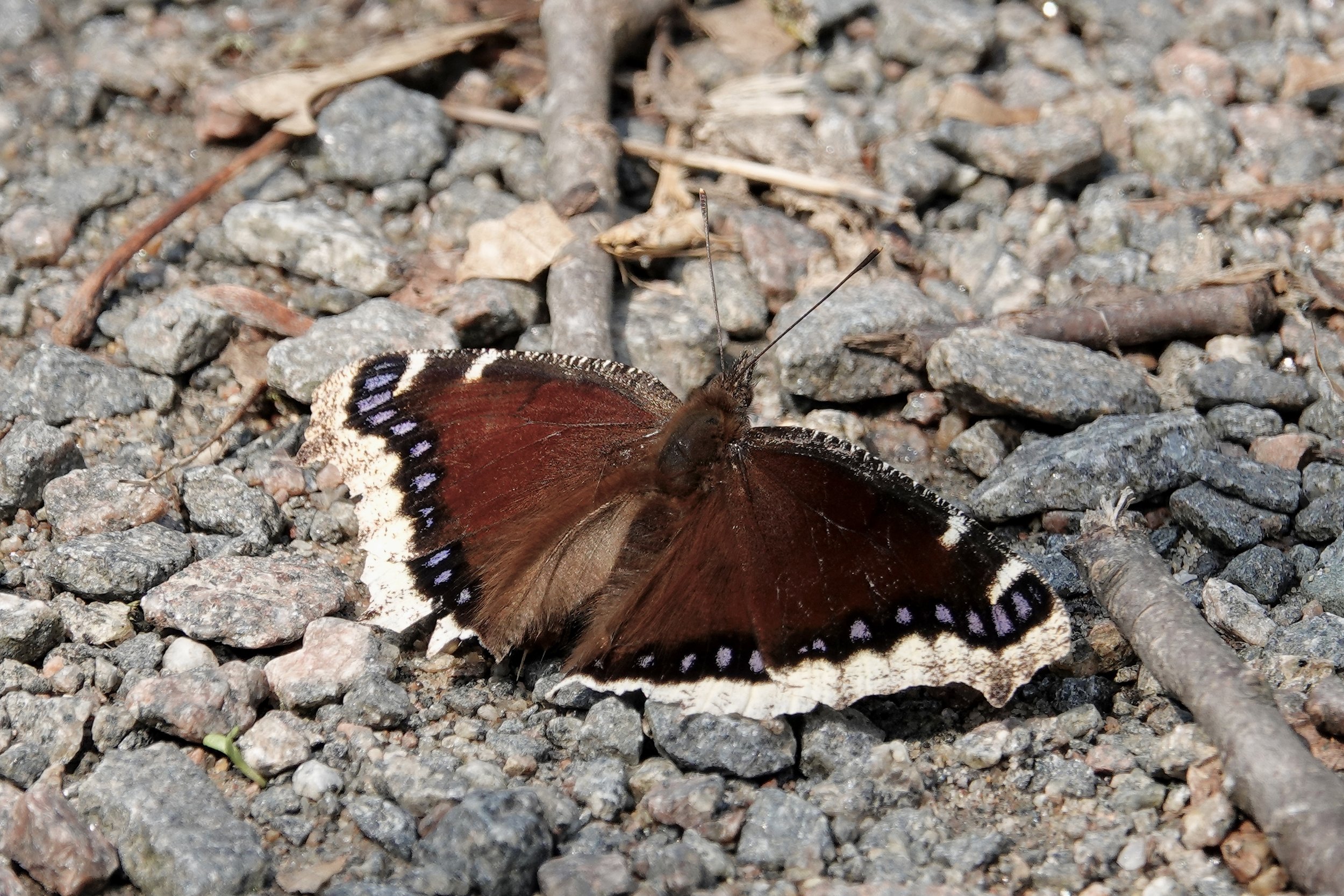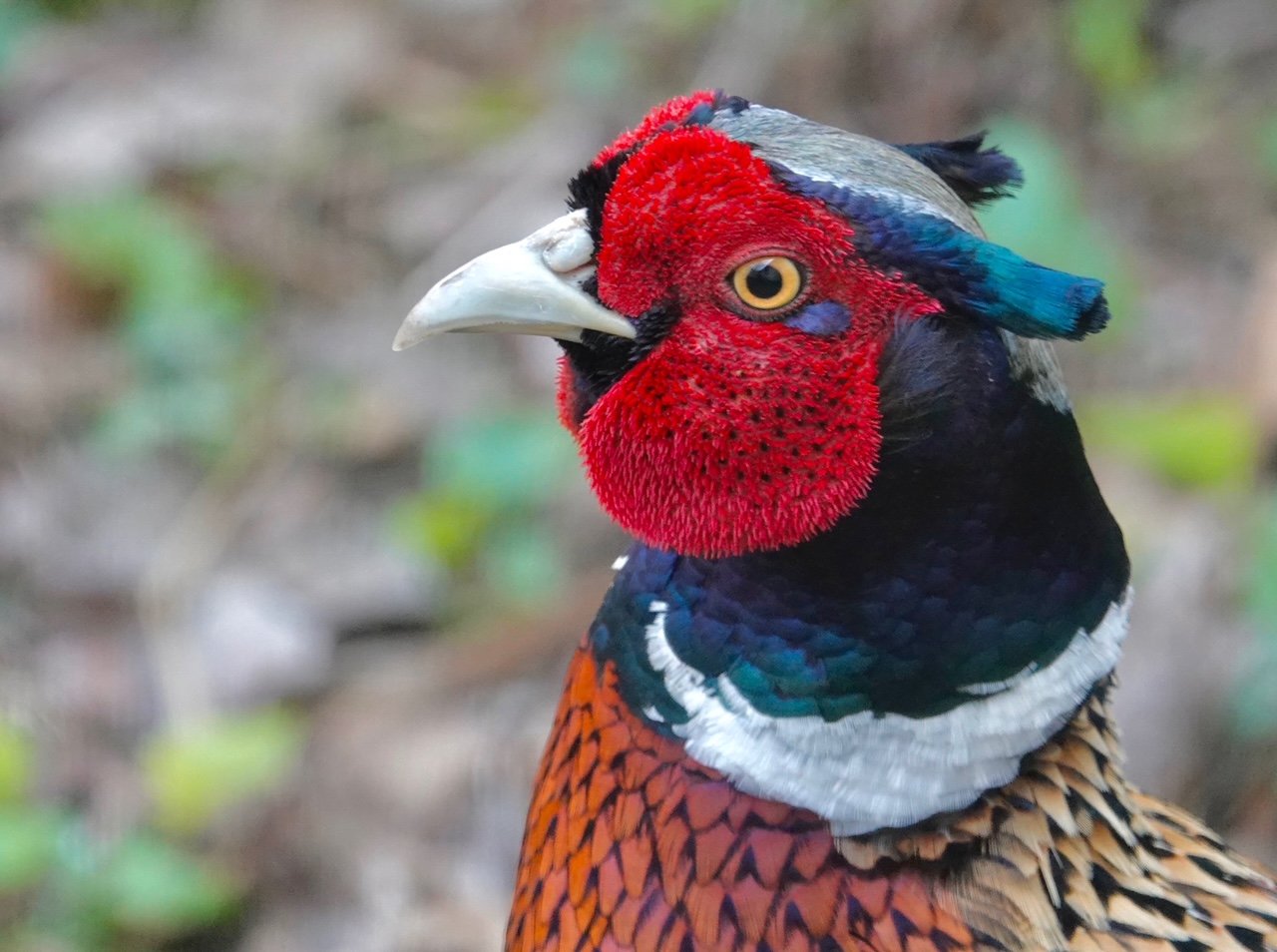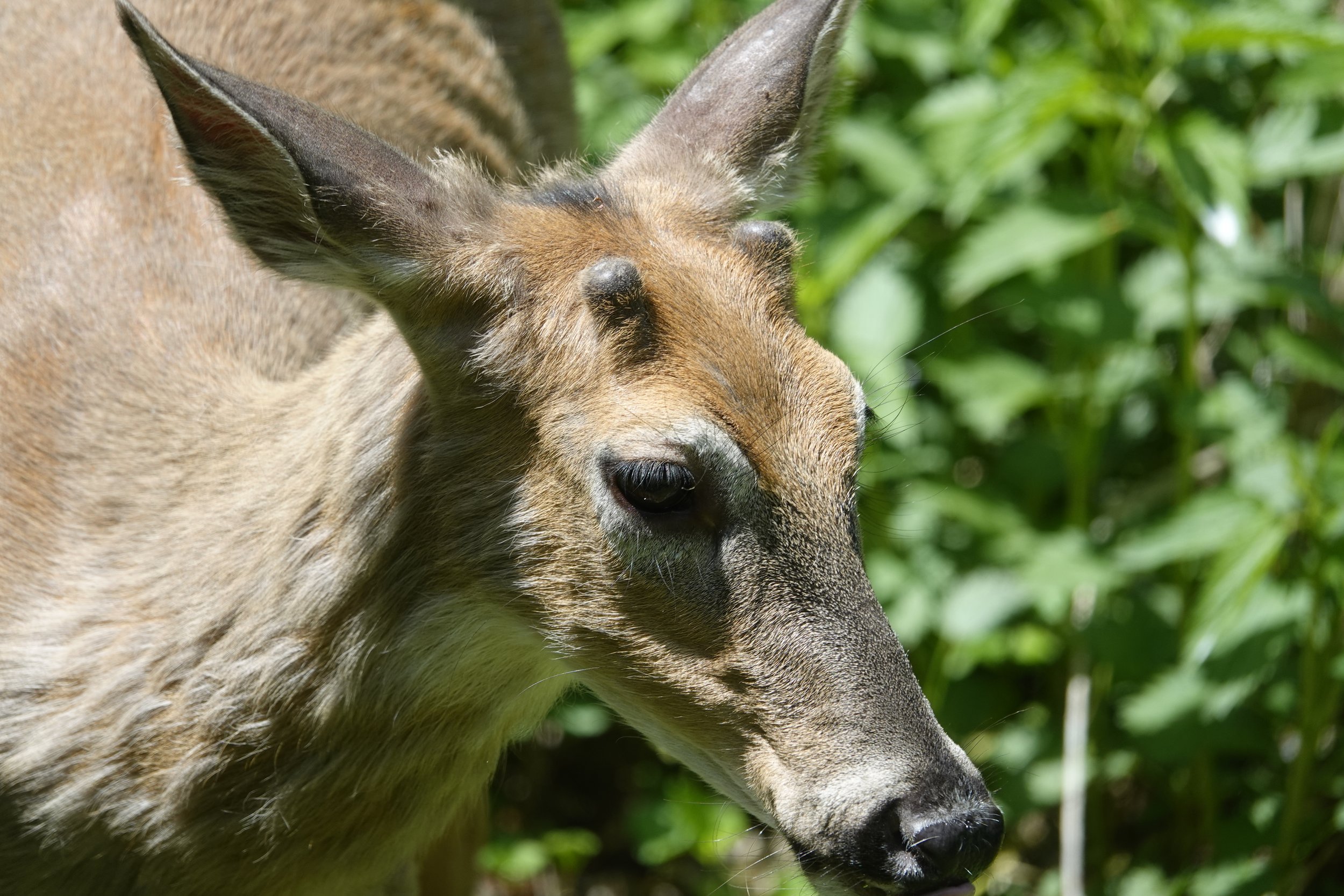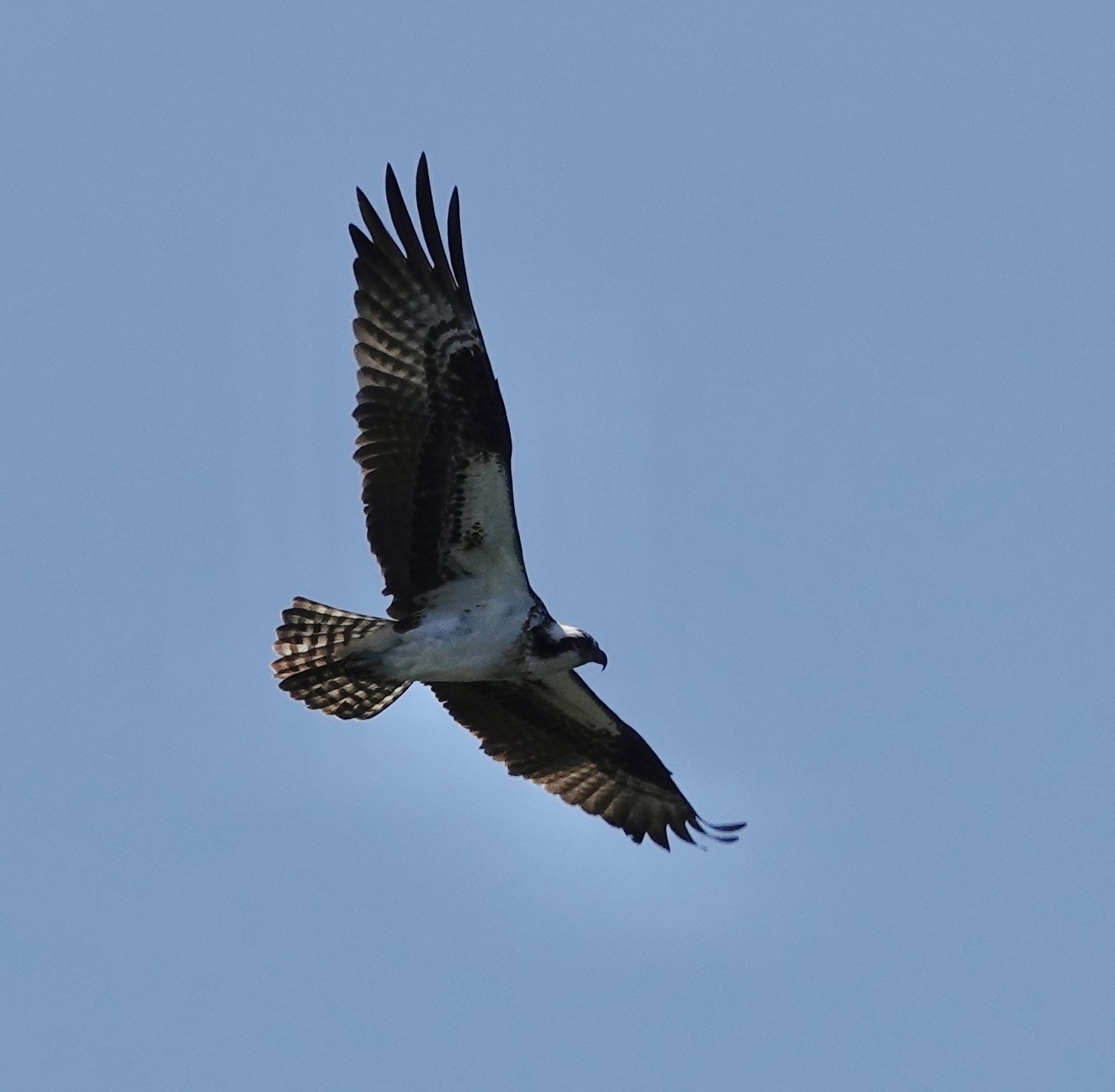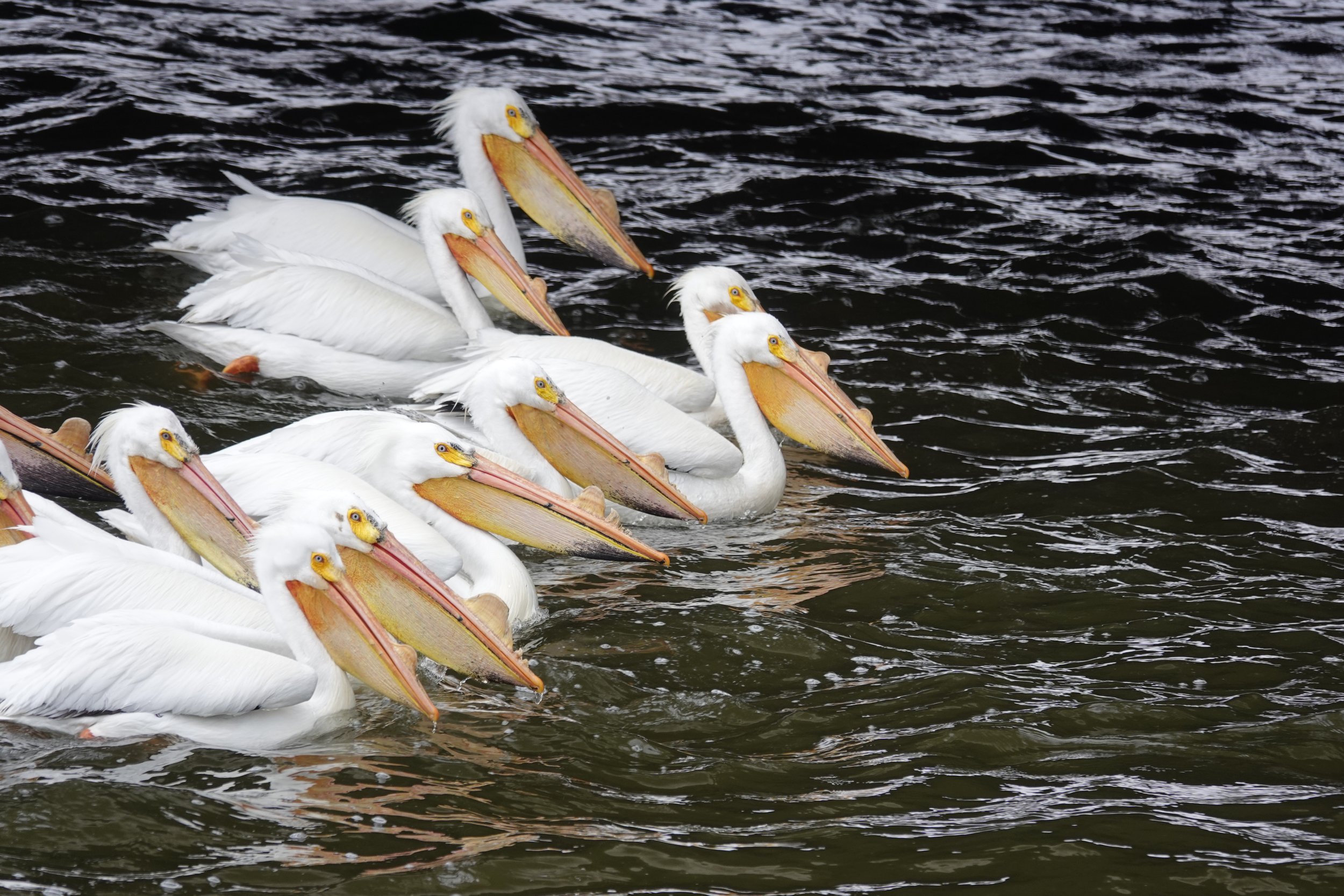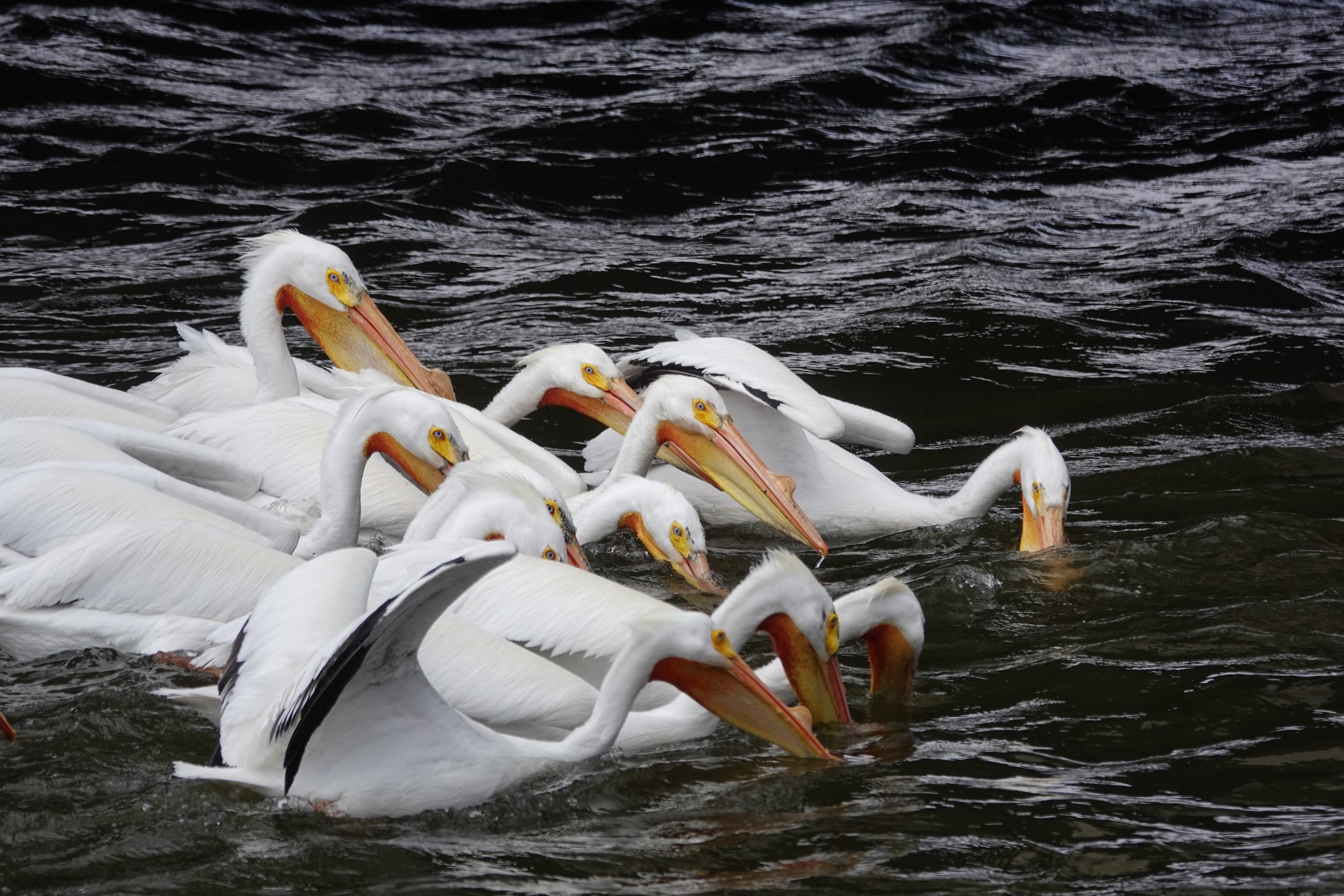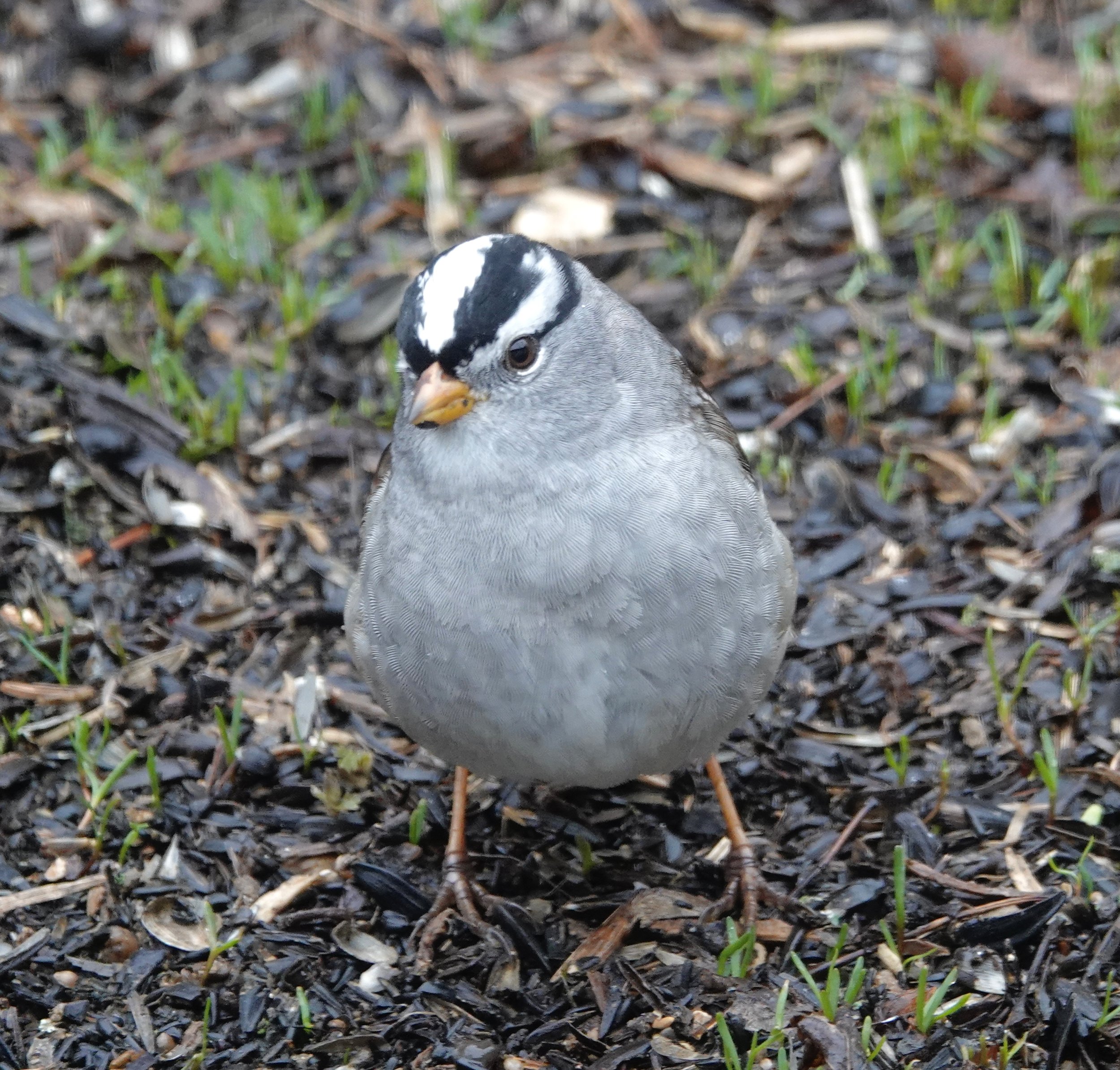Naturally
Blue jays aren’t afraid to toss their bluster around, but I watched them pick up peanuts in the shell from a feeder and toss some aside as if they were trying to determine the best watermelon to buy in a supermarket. They don’t thump the peanuts, but go by weight. They want the heavier peanuts because that means more nut meat.
Color-coded Baltimore orioles sparred for positions at the jelly feeder. Males, females and young. Barn swallows were voyagers on the air. I saw a perched eastern screech owl about the size of a pop can, being mobbed by songbirds. The birds were looking for trouble and they found it. The owl was looking for a nap.
Differential grasshoppers are typically a light green or yellow color and have black chevron markings on their hind legs. I heard a gray tree frog call. These weren’t breeding calls, but likely older frogs telling young ones a territory was taken.
A spider tightroped between goldenrod and thistle. Hot dog grass is what I called cattails when I was a precious child. Cattail duff is one good wind away from being gone.
A rabbit’s eyes are placed high on the head. This lateral placement is common in prey animals. Rabbits can see behind, up, down, on both sides and ahead. Rabbits have monocular vision and can see two different objects at one time since their eyes are pointed in two different directions. They can see predators at impressive distances.
On August 28, two flocks of common nighthawks flew over the yard. A sound of a warm summer evening heading south—way south. I had no camera as I worked in the yard, but I can find the lovely sight in my mind. Common nighthawks travel to their wintering grounds in southern South America.
Deer tiptoed through the yard. Unguligrade species walk on their tiptoes, often on hooves. Deer and horses are examples. Plantigrade is “whole foot” locomotion. When humans walk, they plant the heel of the foot, roll forward the length of the foot, and then push off with the toes, creating a track that shows the heel, sole and toes. Digitigrade species walk with most of the length of their digits, but not the soles of their feet, in contact with the ground. Dogs and cats are examples.
Q&A
“What North American mammal has the most teeth?” The Virginia opossum has 50 teeth. Most bears, coyotes and foxes have 42 teeth.
“How did weeping willows get their name?”Native to Asia, weeping willow trees get their common name from how rain looks like tears when it's dripping off the curved branches. The roots often lie close to the soil surface, causing bumps in the lawn, which interferes with mowing. They can lift cement patios. Weeping willow tree roots can also damage underground water, sewer and plumbing lines.
“Do turkey vultures build nests?” No, they lay their eggs in dark recesses in ledges, caves, crevices and hollow logs, and on the ground. They might nest in the abandoned stick nests of birds, in mammal burrows or abandoned buildings. Pairs often remain together all year and both parents incubate the two eggs for about 5 weeks. The young fledge in 60-80 days.
“When do goldfinches nest in Minnesota?” Goldfinches are the latest nesting songbird in Minnesota. Unlike most songbirds, they don’t feed their young insects or larvae as their diet is strictly vegetarian. Goldfinches delay nesting until milkweed, thistle and other plants produce seeds to ensure that there will be plentiful food sources to feed their young. Parents feed the chicks a regurgitated porridge of seeds. The female builds a tightly woven nest made of small roots and plant fibers, lined with plant down, often thistle seed down. In Minnesota, nesting begins in late June, with most nesting done in July and August. The female incubates 2-7 pale blueish (sometimes with faint brown spots on the larger end) eggs for 12-14 days. Once the young hatch, they stay in the nest for 11-17 days. Goldfinches flock to feed on sunflower, black-eyed Susan, monarda, liatris, aster, sedum, Joe-pye weed, coreopsis and coneflower seeds.
“Where do my purple martins go?” They make a long migration to South America. Most martins overwinter in Brazil, in large urban roosts.
“When did the opossum first arrive in Minnesota?” Opossums arrived in southeastern Minnesota sometime around 1900. They aren’t equipped to survive cold winters as their fur coats aren’t warm, and their thin ears and hairless tails make opossums vulnerable to frostbite when temperatures dip below freezing. They don’t hibernate.
Thanks for stopping by
“Common sense and a sense of humor are the same thing, moving at different speeds. A sense of humor is just common sense, dancing.”― Clive James.
“Laughing stock: cattle with a sense of humor.“—Steven Wright.
Do good.
©Al Batt 2022
Eating can be contentious when Baltimore orioles discuss politics at the bird table. Photo by Al Batt
I had the honor of speaking in Mona, Iowa. The memory makes me smile.
Did Ted Floyd, editor of ABA’s Birding Magazine, discover a new species, the Lilliputian Burrowing Owl, at the Yampa River Botanic Park (Steamboat Springs)? We’ll see.
A view of the braided flow of the Platte River, which encourages sandbars, as seen from the Walter Scott Jr. Observation Tower at Nebraska’s lovely Mahoney State Park.
Photographic proof that there is a caterpillar larger than the state of Minnesota.
Donald Mitchell banding hummingbirds at the wonderful Henderson Hummingbird Hurrah in Henderson, Minnesota.
The caged apparatus is for trapping the tiny birds.
A favorite hangout for pelicans, the Loafing Bar.
Keeping an eagle eye on pelicans.




